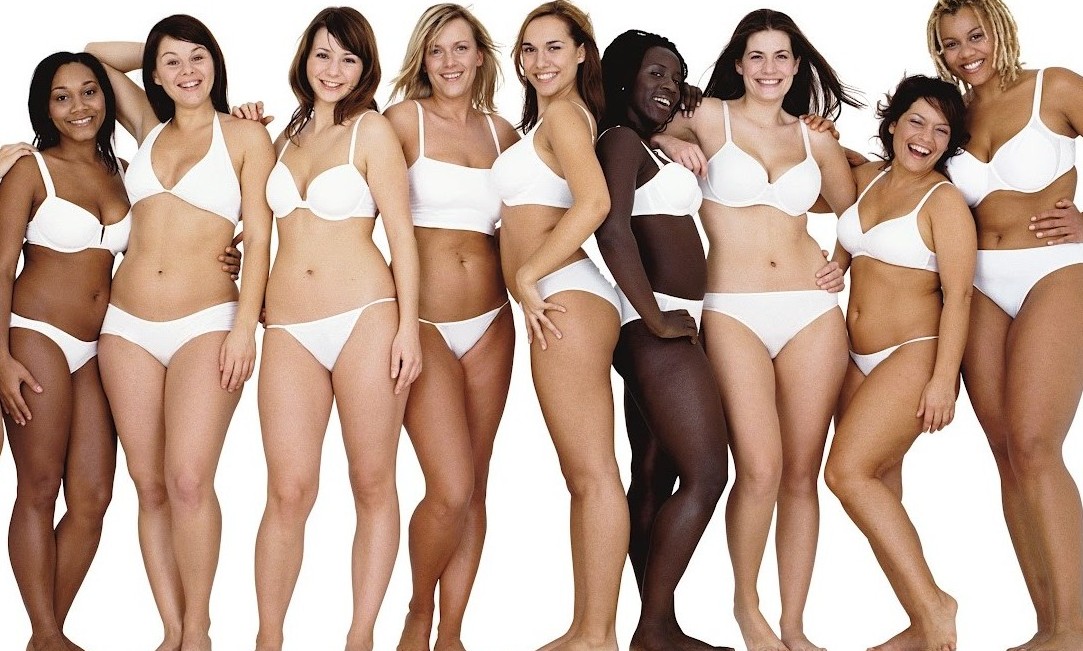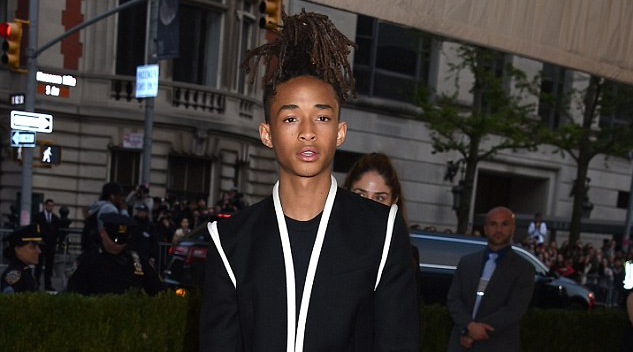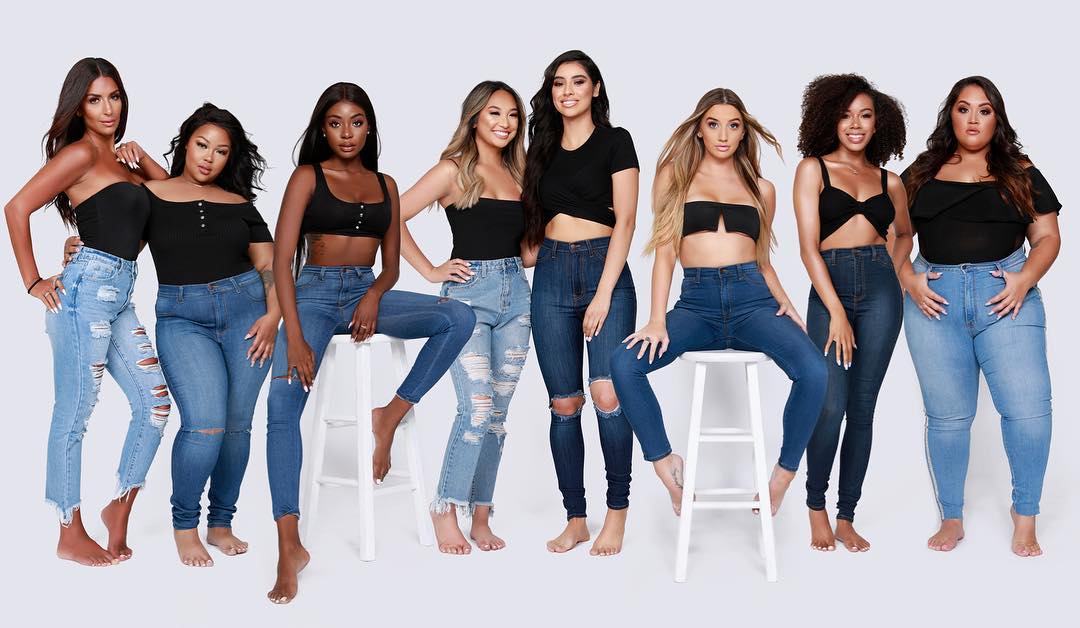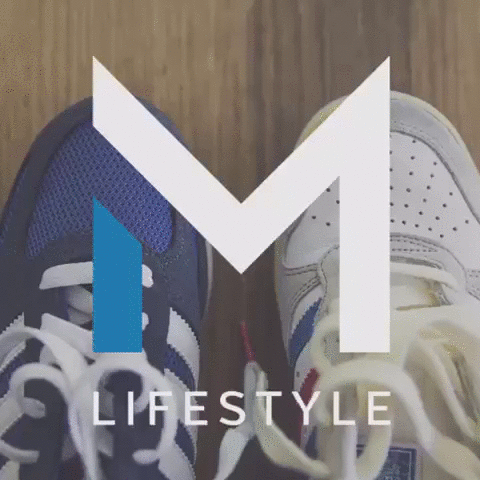The detrimental impact of the media on body image and societal acceptance
34-24-34. Five foot eight inches. 120 pounds. Eighteen percent body fat maximum. These are the measurements of your average super model, worldwide. Whether you live…
34-24-34. Five foot eight inches. 120 pounds. Eighteen percent body fat maximum. These are the measurements of your average super model, worldwide. Whether you live in the States or England or Germany, most of your elite high-fashion and runway models will look like this. The stigma for beauty doesn’t quite stop at supermodels either. Pop culture in Hollywood shows us that most celebrities- actors, actresses, and musicians- are praised for their small measurements and “perfect” bodies. From the runway to magazines to social media, the elitist cohort paints a picture of what we as a society, picture as beautiful. In other words- skinny. By negation, this class paints a picture of what we collectively perceive as ugly. I hate to be the one to break it to you, but, in reality, average women- no, real women- don’t look like that.

Now, this whole ideology of the “Coke bottle shape” is one that’s as old as time. Popular culture has always pushed the poster model of a woman’s body as being tall, having full breasts, a slim waist with a flat stomach, and a big, round rear. Even Barbie, who was launched by Mattel, Inc. in 1959 showcases America’s perception of a beautiful body- tall, long legs and torso, large, perky breasts, small hips, and a curvy waist. Don’t get me wrong, you can look like this if you have the proper genes, work out regularly, and eat healthily. But how have we as a society gone from the picturesque vision of beauty from someone like Marilyn Monroe, who had a real, full, voluptuous shape to somebody like Nicki Minaj, who’s body goes beyond the point of even looking natural? Why are so many young men and women at the point of getting plastic surgery just so they can look good, or shall I say perfect?

Social media is undoubtedly a catalyst in this upward societal trend. It has forced us all into an extreme sense of conceit, vanity, and even narcissism. It has even pushed some to the point of going under the cosmetic knife just to have a sense of self-love or confidence. But even more so, pop culture has led us average, regular Joe Schmoes to feel down about ourselves. Sure, my body doesn’t look like Kim Kardashian’s, and it never will. I don’t have large, perky breasts, with a flat stomach, and a rump you could set a wine glass on without tipping. I don’t have any of these physical assets, and I probably never will. I’m 5’5”, 155 lbs., and I wear a size 8. Yes, I have body fat. Yes, I have a belly that jiggles. Yes, I have wide hips and cellulite. But guess what? I still look good, and more importantly I feel good about myself and my body. Because my body is real and it’s mine and I don’t let it define me. And this, my friends, is what we call body acceptance.

Body acceptance, or body positivity, is a social movement that’s all about learning to love the skin you’re in. It’s learning to free yourself of self-loathing so you can be the best version of yourself. It’s about saying screw you to society, and loving your body at any weight, and telling yourself you’re beautiful just the way you are. Let me be the first to tell you- the journey for body acceptance is not an easy one. But it’s just that- a journey. Body acceptance is something that so many of us, especially young women, strive for but cannot seem to obtain. From the time we’re practically born, we’re socially conditioned to equate beauty with skinny, and curvy or fat with ugly. The body positivity movement aims to reverse this social constraint, both on an individual and societal level. Over the last few years, the body positivity movement has spread like wildfire, from pop culture in Hollywood and even to the fashion world. And all I have to say about that is it’s about d*mn time.

“Plus-size” models like Ashley Graham, Iskra Lawrence, and Hunter McGrady are trail-blazing the way for all of us women who aren’t exactly the size of sticks. In 2016, IMG’s Ashley Graham was the very first “plus-sized” model to ever grace the cover of Sports Illustrated Swimsuit Magazine. Mattel, Inc. also re-vamped Barbie, so her body reflects a curvy, average-sized American woman. Queen Beyoncé has even recently had pop culture buzzing about her post-mommy figure and how she’s #werkin it. “To this day my arms, shoulders, breasts and thighs are fuller,” Bey went on to share. “I have a little mommy pouch, and I’m in no rush to get rid of it. I think it’s real. Whenever I’m ready to get a six-pack, I will go into beast zone and work my ass off until I have it. But right now, my little FUPA and I feel like we are meant to be.”
Nobody could have said it better, Bey! You keep on lovin’ your FUPA and we’ll all keep lovin’ ours too. Because no matter what size or shape, saggy breasts or perky breasts, small gluteus or large gluteus- all bodies are beautiful. And all bodies are worthy.
By: Julia Robinson
Disclaimer: The views, opinions and positions expressed by the authors and those providing comments, opinions on this website are theirs alone, and do not necessarily reflect the views, opinions or positions of M-Lifestyle and their affiliates. M-Lifestyle does not claim ownership of any images used, unless otherwise specified.
![]()






Comments
LOVE this, Julia. Great work!!
Speak the Truth Julia Robinson!